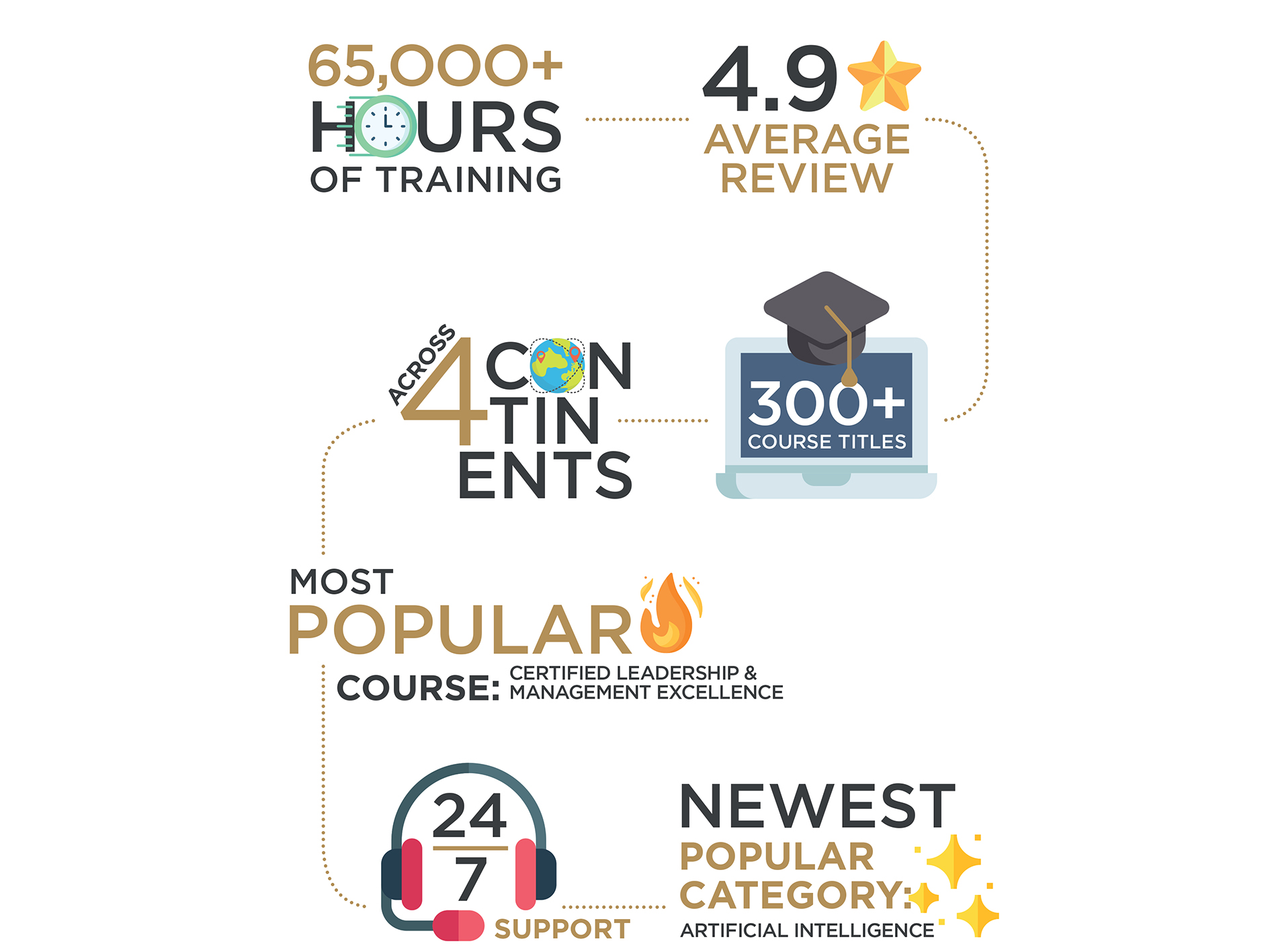How to write a business plan: A Step-by-Step Guide August 3, 2023

Writing a business plan is essential for any entrepreneur when starting a new business or launching a new growing project to an existing one. A business plan is a written document that describes the business, the goals and how you plan to achieve them. It should be realistic as it acts as a blueprint to keep your company on track.
Is a business plan necessary? If you are still struggling, you may consider a guide to help you:
-
Clarify the business idea. When writing a business plan and setting out the strategy clearly, the first thing to do is to focus on thinking through the business model in detail. This will help identify any potential problems or areas for improvement.
-
Set goals and objectives. A business plan should include short-term and long-term goals and specific objectives to achieve to reach those goals.
-
Develop a marketing plan. The business plan should outline the target market, marketing strategy, identify the opportunity and how the goal is to reach the target customers.
-
Secure financing. Most investors and banks will seek a business plan when considering providing proper funding to a business or a project. A strong business plan will be essential to the fundraising efforts if you need to raise money to start or grow your business.
Where to start with? When it comes to a formal business plan, there are some standard formats to follow, even if you have a lot of creative ideas in drafting the plan outside the box. Here is a step-by-step guide to writing a business plan:
-
Executive Summary. It is a brief overview of the business plan. In no more than two pages, it should include the mission and vision of the company, business ideas, product and service offerings, target market, management and ownership, financial projections and funding requirements.
-
Company Description. This section should provide a detailed description of the business, including the goals and objectives of the business.
-
Market Analysis. This section should provide a SWOT (Strengths, Weaknesses, Opportunities and Threats) analysis detailing the target market, competitors and the overall industry landscape.
-
Marketing Plan. This section should outline your marketing strategy and the business opportunities. Conduct market research, including market trends, sales data and demographics. This also strengthens the following plan on target market, positioning, advertising and promotion methods and sales strategy.
-
Management Team. This section should introduce the management team and their qualifications.
-
Financial Plan. The financial plan should provide details on how the business will be operated and become profitable. It should include income statement, balance sheet, breakeven analysis and cash flow statement. If the report is aimed at seeking investment, a funding request should also be provided.
A business plan worth reviewing and updating regularly. It may not be realistic on the first draft. By reviewing the plan, the company can ensure that it is still relevant and is on track to achieve its goals. Also, the company can react and change its strategy whenever possible.
Find out more here with our Advanced Techniques: Strategic Thinking and Business Planning Programme from London Training for Excellence.
 All Courses
All Courses
 Accounting and Finance
Accounting and Finance Administration and Office Management
Administration and Office Management Business Administration
Business Administration Chemical Engineering
Chemical Engineering Communications and Public Relations (PR)
Communications and Public Relations (PR) Compliance and Legal
Compliance and Legal Construction Management
Construction Management Contract and Project Management
Contract and Project Management Customer Experience and Relationship Management
Customer Experience and Relationship Management Data Management and Business Intelligent
Data Management and Business Intelligent Digital Transformation
Digital Transformation Energy and Sustainability
Energy and Sustainability Health, Safety and Environment
Health, Safety and Environment Hospitality & Tourism
Hospitality & Tourism Human Resources and Talent Development
Human Resources and Talent Development Industrial Manufacturing and Production
Industrial Manufacturing and Production Innovation and Artificial Intelligence (AI)
Innovation and Artificial Intelligence (AI) Leadership and Management
Leadership and Management Oil and Gas
Oil and Gas Procurement & Supply Chain Management
Procurement & Supply Chain Management Public Sector
Public Sector Quality and Productivity
Quality and Productivity Retail and E- Commerce
Retail and E- Commerce Sales and Marketing
Sales and Marketing Sports Event Management and Operations
Sports Event Management and Operations Strategy and Business Planning
Strategy and Business Planning Sustainability and CSR
Sustainability and CSR Learning Solutions
Learning Solutions
 About Us
About Us
 iLearn Blog
iLearn Blog
 Directory Calendar
Directory Calendar
 Contact Us
Contact Us
 All Courses
All Courses
 Accounting and Finance
Accounting and Finance Administration and Office Management
Administration and Office Management Business Administration
Business Administration Chemical Engineering
Chemical Engineering Communications and Public Relations (PR)
Communications and Public Relations (PR) Compliance and Legal
Compliance and Legal Construction Management
Construction Management Contract and Project Management
Contract and Project Management Customer Experience and Relationship Management
Customer Experience and Relationship Management Data Management and Business Intelligent
Data Management and Business Intelligent Digital Transformation
Digital Transformation Energy and Sustainability
Energy and Sustainability Health, Safety and Environment
Health, Safety and Environment Hospitality & Tourism
Hospitality & Tourism Human Resources and Talent Development
Human Resources and Talent Development Industrial Manufacturing and Production
Industrial Manufacturing and Production Innovation and Artificial Intelligence (AI)
Innovation and Artificial Intelligence (AI) Leadership and Management
Leadership and Management Oil and Gas
Oil and Gas Procurement & Supply Chain Management
Procurement & Supply Chain Management Public Sector
Public Sector Quality and Productivity
Quality and Productivity Retail and E- Commerce
Retail and E- Commerce Sales and Marketing
Sales and Marketing Sports Event Management and Operations
Sports Event Management and Operations Strategy and Business Planning
Strategy and Business Planning Sustainability and CSR
Sustainability and CSR Learning Solutions
Learning Solutions
 About Us
About Us
 iLearn Blog
iLearn Blog Directory Calendar
Directory Calendar
 Contact Us
Contact Us















































 Course category
Course category Course Venue
Course Venue
